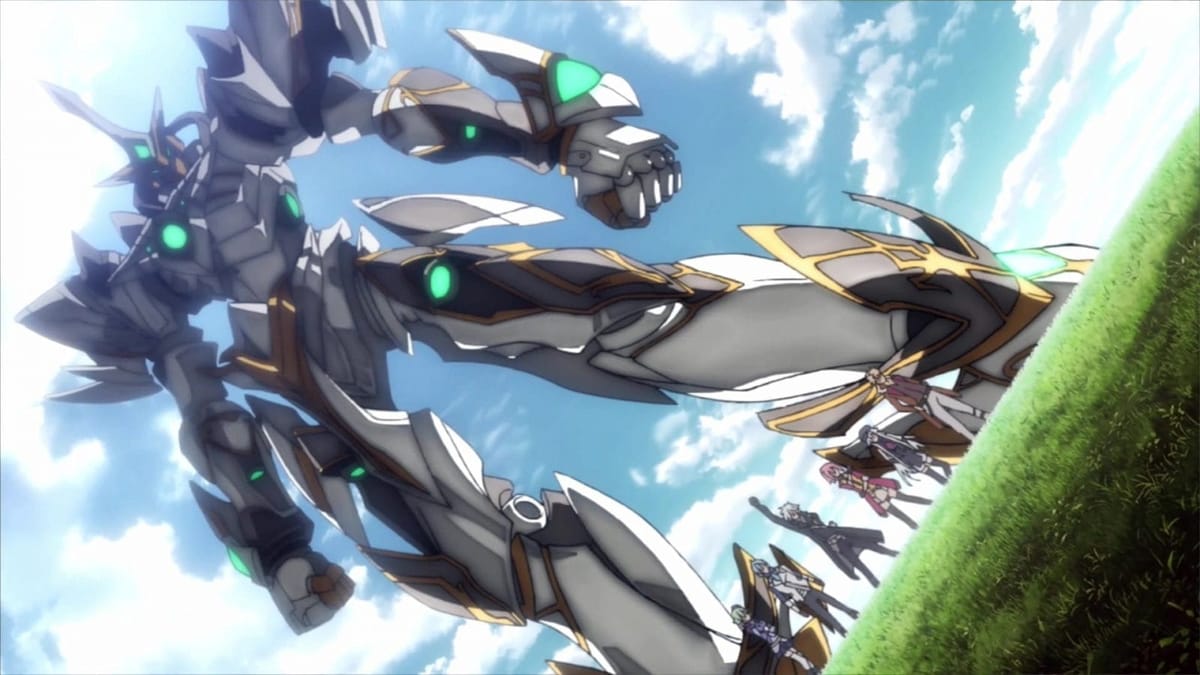
The world of Zemuria is on the brink of war. The Empire of Erebonia and its people suffer under a literal curse of nationalism because of the Great Twilight – the end of the world. Set in motion by Rean Schwarzer, the Aschen Chevalier and instructor of the new Class VII of Thors Military Academy’s Branch Campus. After Rean was overtaken by the curse and kidnapped by Oroborous, Class VII, both new and old, have fallen on hard times. Two weeks after the ending of Cold Steel III, Juna, Kurt, and Altina awaken in the hidden village of the fire witches, safe from the empire and the society’s watch for now. After rallying their fellow Thors Alumni, the three set off to find their classmates Ash and Musse, rescue their teacher, and save the world from war.
The Trails series is another one I just never got around to playing. I had always heard great things about the story and worldbuilding, maybe I was intimidated by the size and scope of the franchise, but I never felt like I had the time to dive headlong into four 100 hour JRPGs. So now I’ve made the (possibly stuipid) decision to start with this review of the fourth and final entry into the Cold Steel saga. If you’re a huge fan of the series though, don’t worry: I did my homework. Well, at least I read the summaries of previous games included on the main menu and watched a few summaries on YouTube. So, is Cold Steel IV a good starting point or am I an idiot? The answer may surprise you…
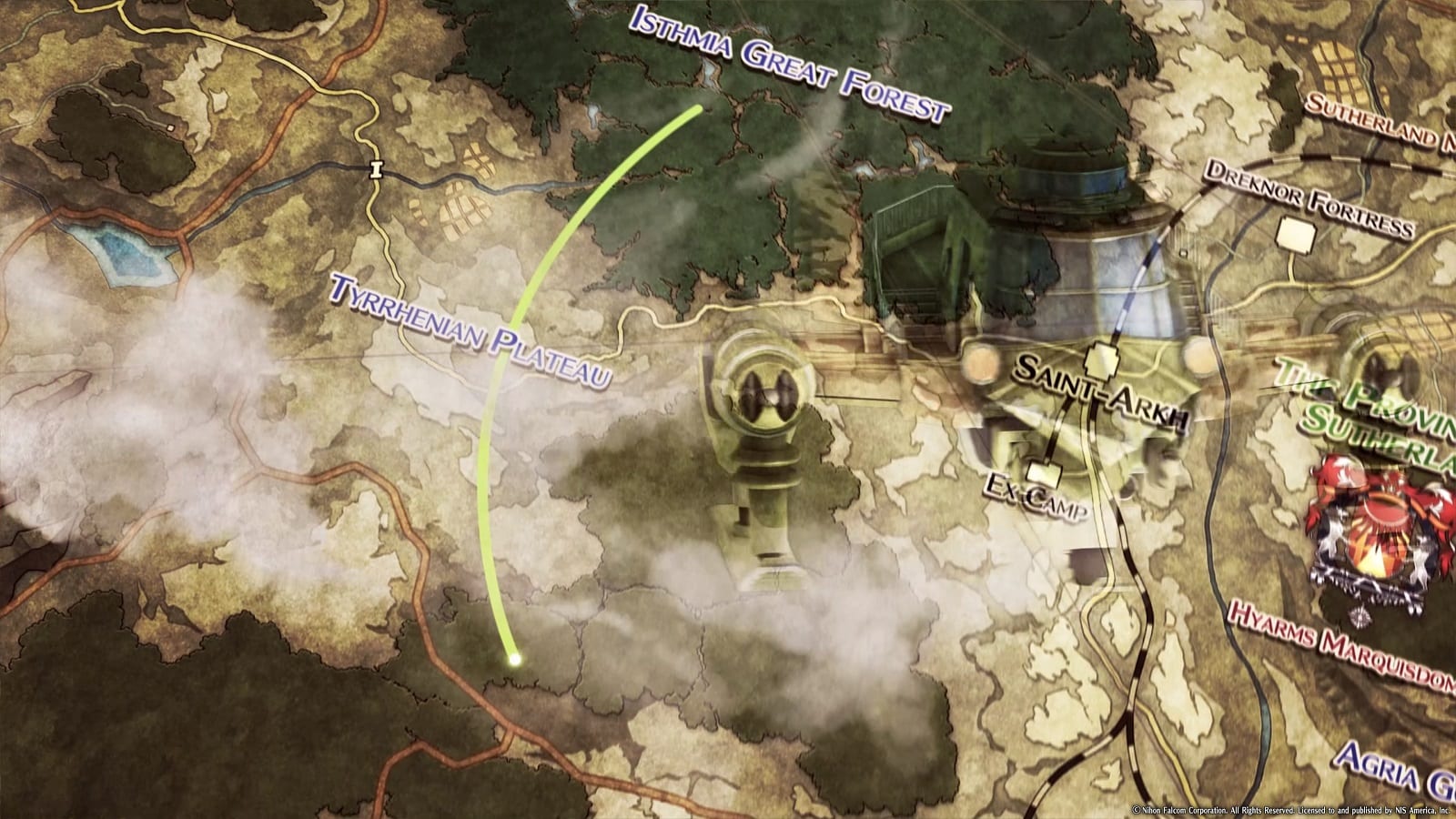
Cold Steel IV begins, surprisingly, with you taking on the roles of several returning characters such as Estell Bright from the Trails in the Sky series. At around level 85, they’ll give you a quick taste of what’s to come, both plot and story wise, before putting you back in the shoes of the normal protagonists. The society’s tricks to unleash the Great Twilight at the Gral, Ash’s attempted assassination of the Emperor, and Musse’s percieved betrayal of the new Class VII has left them weak, starting at a much lower level than at the end of the previous game, but after some planning on how to locate Rean and training with Randy, they’re ready to set off into the world and take care of business. Cold Steel IV is split into several acts, each consisting of multiple chapters. Generally, each chapter will see you set out to a town, gather information, walk to another town, gather more information, explore a dungeon, and finally fight a boss before returning to base and resting the next day. At first I thought this gameplay loop would feel uneven, but it actually works quite well in establishing tension and subsequently releasing it in big bursts. This loop will change slightly between acts, but that’s the basic gist. Look, this game is so complicated I can’t possibly cover everything without spoiling stuff, so let’s move on to combat.
Out on the field, you can gain or lose advantage in battle in multiple ways. By encountering an enemy from behind, you’ll gain a single advantage. By attacking an enemy from behind first however, you can get double advantage, and by using a special attack before engaging you can even receive triple advantage. Conversely, if an enemy touches you from behind on the field you’ll start with disadvantage. Four party members can participate in battle at once, with a few in reserve to be switched out at your discretion (usually two, but not always). Each member has Health Points, for not dying, Energy Points, for casting spells with the ARCUS II (basically a fantasy cell phone for brevity’s sake), and Craft Points, for using crafts. Unlike HP and EP, CP is built up by taking and dealing damage, you then spend it by using crafts. This is combat’s bread and butter – build up CP then spend it to deal massive damage or break the enemy’s guard. In addition to normal crafts, which affect a small area, if a character has over 100 CP you can activate their S-Craft at any time by holding R1. Once activated, that character will take their turn immediately and perform a big, high damage attack but spend all their CP in the process. Usually, I try to save this for when a boss or large group of foes’ guard is broken so as to deal as much damage as possible in that small window. However, you may want to simply attack them during this time to build up Brave Points to activate party wide buffs called orders or have a linked character follow up with a big attack. Did I mention that your active party can be linked in pairs? Linking two characters together can have them activate link skills once certain conditions are met, such as healing slightly after taking damage, gaining more CP, finishing off a foe low on health, and many more. Each character’s link with another party member has its own, individual levels. For example, if Altina has a level 4 link with Juna, that doesn’t necessarily mean she also has the same level link with Kurt. Characters linked together will gain more experience for their link as well, but all links for the party do gain some experience after battle so I recommend just sticking with what works for you and switching it up when needed. The same goes for the daunting amount of party members at your disposal in the game. At the start of act 2 I counted 17, each with their own mechanics and detailed story, and it only further grows from there. It can honestly feel like you’re drowning in options, especially as someone who’s not familiar with the majority of these characters, so just pick a party and run with them.
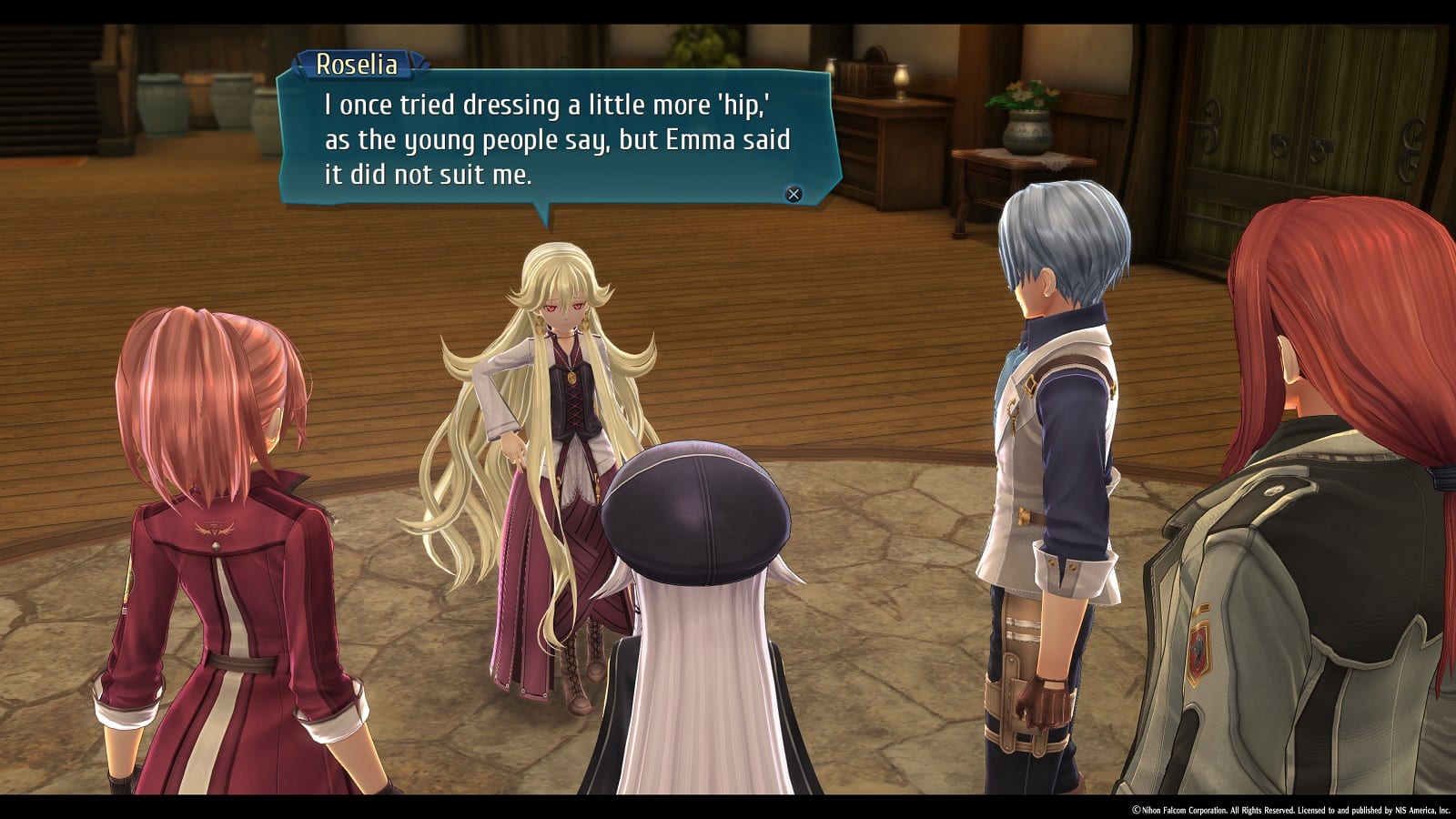
What a character can do in combat is heavily influenced by what orbs or quartz they have equipped. Orbs with stat bonuses or new spells can be inserted into a character’s ARCUS II, centered around their master and sub quartz which greatly influence stats and skills. Apparently, there used to be restrictions on what you could equip as a sub, but those are gone now. Both the master and sub quartz gain levels and experience along with your characters, further granting better stats and abilities. Let’s use Altina as an example again, since she’s my caster (and is adorable, but that’s besides the point). I like to have her equipped with a main quartz that gives her black element spells and makes every cast do critical damage, a sub quartz granting white elements and increasing her magic attack stat, and other quartz to round out her elemental coverage, increase her EP, and decrease the EP cost in battle. It sounds like a lot, and it is, but once you find a build you like for a character you don’t have to touch the system much outside of a few upgrades throughout the game. The whole game is likewise complicated, but I find that’s some of the charm massive JRPGs have. They have big numbers I like to watch go up. I’m not 100% sure why they go up, but they do and it’s fun.
In addition to dismounted combat, there are special instances where you can engage in giant robot battles. These are a lot like normal combat, but with even bigger numbers. It actually reminds me a lot of Skies of Arcadia’s Ship battles, in which reacting to your opponent’s next move is often more beneficial than going all out on the offensive. Getting hit without defending can take out a huge chunk of your HP, so you have to wait for your opportunity to knock your opponent’s mech off balance and then you can pull out all the stops. These are very fun pace breakers, but they occur about only once or twice per chapter and I wish there were more instances. Some characters can also summon their mech in battle, but this is just a big attack instead of actually boarding them. Regardless, they’re a lot of fun and I look forward to them every time.
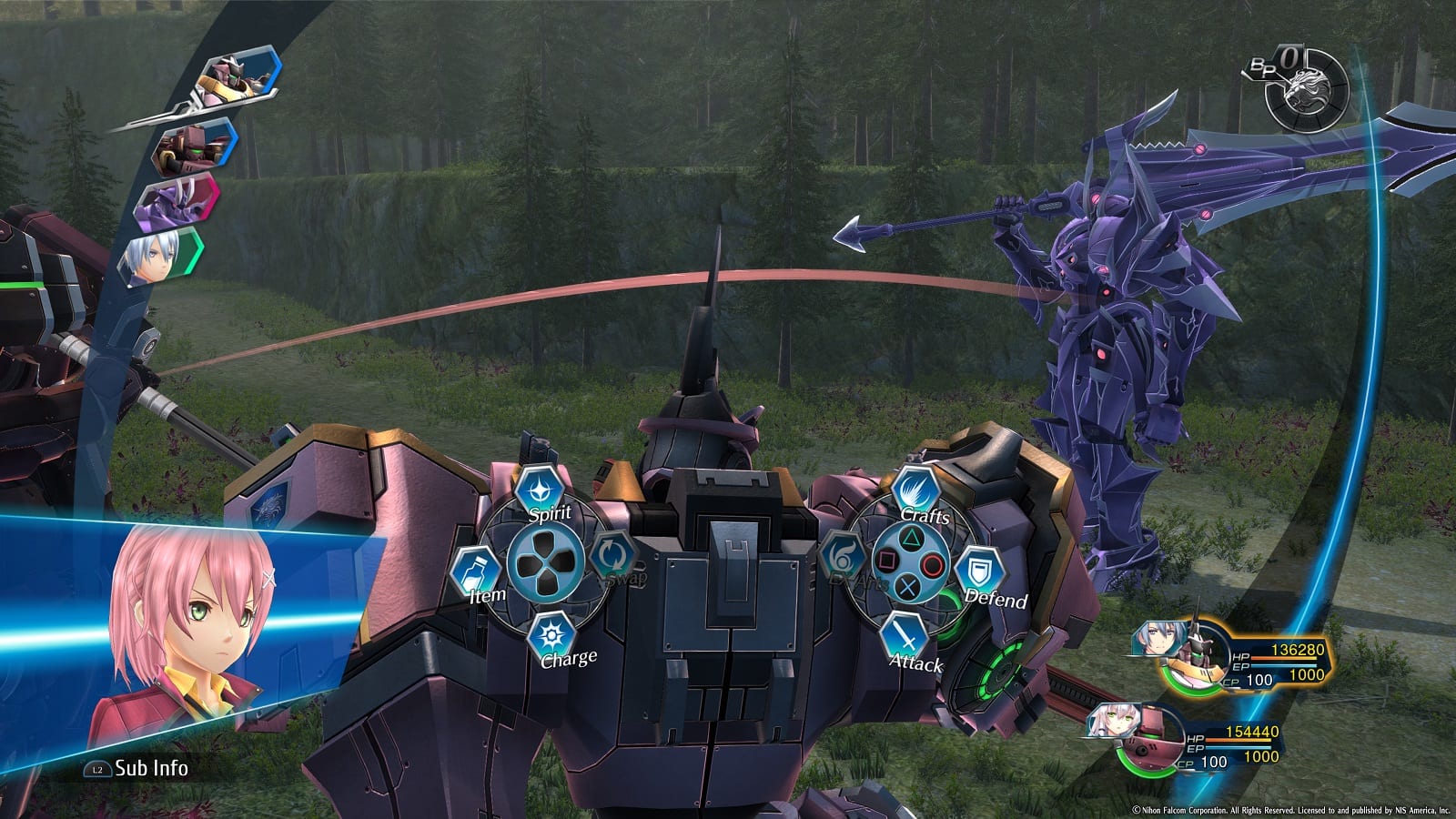
Initially, I expected to be underwhelmed by the story, given the obvious World War I and II inspirations and on-the-surface, cookie-cutter, anime tropes. I am really happy to say that I was completely wrong. The game has a nuanced exploration of war, fascism, and sacrifice portrayed by complex characters who are all just so darn likeable. I don’t want to go into any spoilers here, so I’ll just say the Musse is my personal favorite. It isn’t without flaws, however, mostly with how the story is presented. To say that the game is long winded would be an understatement, and a lot of the dialogue is voiced. Strangely, only certain portions of some scenes are voiced, for example when a character is introduced for the first time their dialogue is usually voiced to give you an idea of how they talk, but other characters in the scene remain silent. I like the concept, but only voicing one character in a cutscene feels cheap and jarring. As a whole though, the quality of voice acting is excellent and it’s nice to play a game that is overtly political and against facisim.
While the main focus of Cold Steel IV is on the story and combat, there are quite a few side activities to partake in including a card game and puyo-puyo-like minigame. On your days off you can also spend some quality time with your comrades, and possibly romance a lady (sorry, no boys allowed) of your choice. It’s a bit of a weird inclusion, considering the age of all involved and the Teacher-Student dynamic many of them have, but it’s cool to get to know a different side of all your friends. Sometimes these events and the small number of side quests available will also reward you with new outfits and accessories to change characters’ looks.
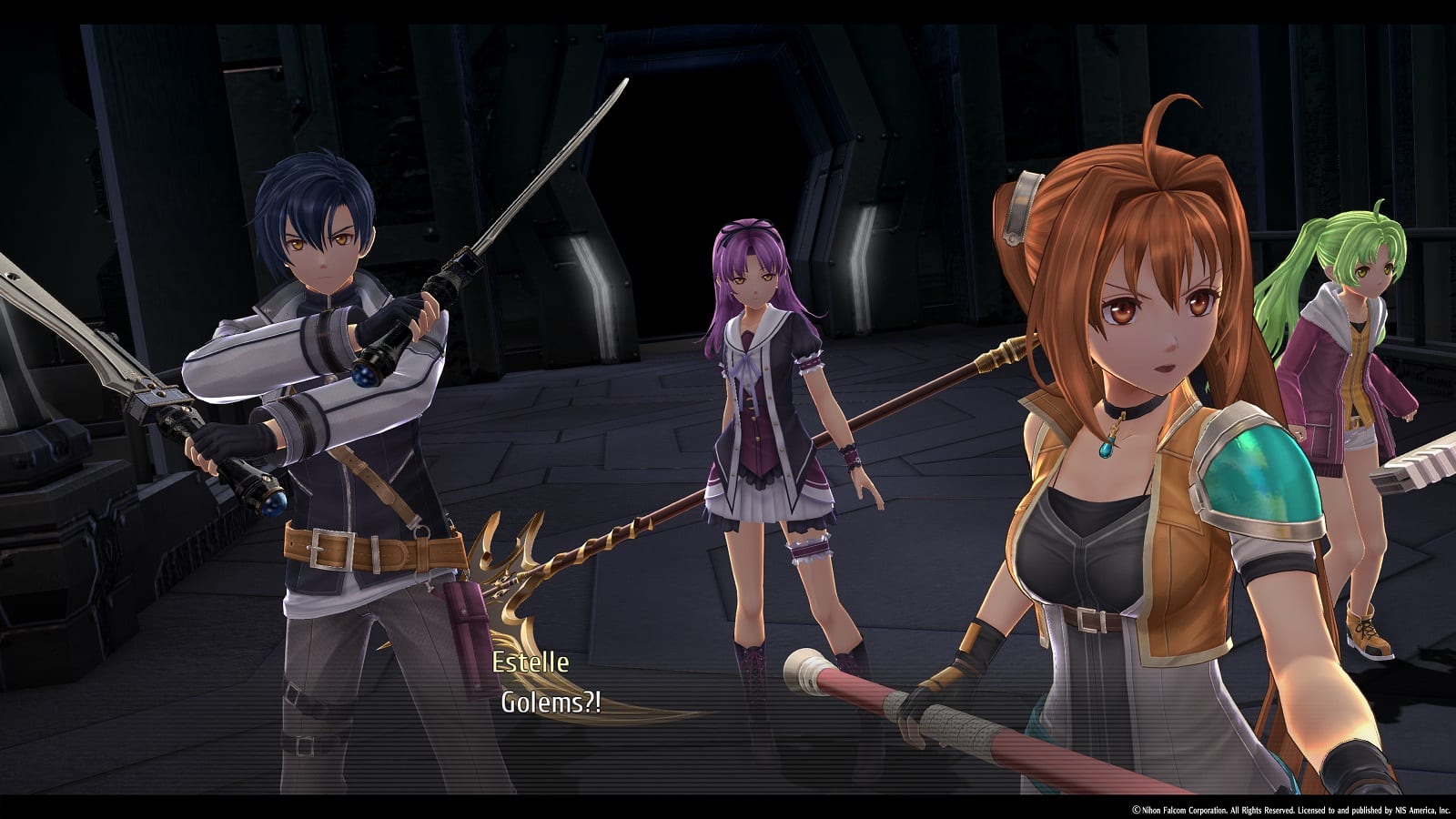
While this series finale is quite long, around 80 hours, it does respect the player’s time. First of all, you can import saves from Cold Steel I, II, and III to get some nice bonuses to reward players who’ve stuck with the series from beginning to end. These are mostly some extra materials for creating quartz, but based on your level and instructor rank in III you can get some helpful accessories and healing items. While I wasn’t able to take advantage of those bonuses, I did make liberal use of the speed up feature. By pressing in the left half of the touchpad, you can simply make the game play faster. It’s very nice to have for normal encounters where you don’t need to pay as much attention or even just let the auto battle function do its thing. I know if it wasn’t there, I would have not been able to finish the story in the month I spent with it before being able to write this review.
Visually, Cold Steel IV is… fine. It’s clear there’s still some holdover from the series beginnings in 2013, but it still looks nice for what it is. I’m all for worse looking games made by developers who are paid more to work less, and if this game can look as good as it does while being as massive as it is – so be it. Still, for the sake of completeness, I have to say that the animations in particular look very stiff and unnatural, especially in cutscenes. The music, on the other hand, is uniformly excellent. I never got sick of the battle theme and the opening in particular is super catchy.
The Legend of Heroes: Trails of Cold Steel IV
Excellent
The Legend of Heroes: Trails of Cold Steel IV is a fitting end to the saga of Erebonia. While there are tons of characters returning and plot threads from previous games, newcomers will still be able to enjoy the complicated, political tale along with a deep battle system.
Pros
- Great story and characters
- Complex and customizable battle system
- Good soundtrack
Cons
- Too many characters to manage
- Stiff animations
